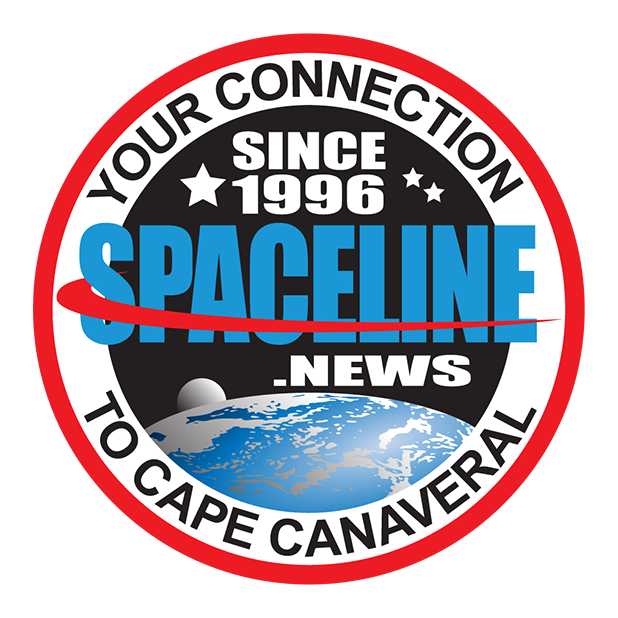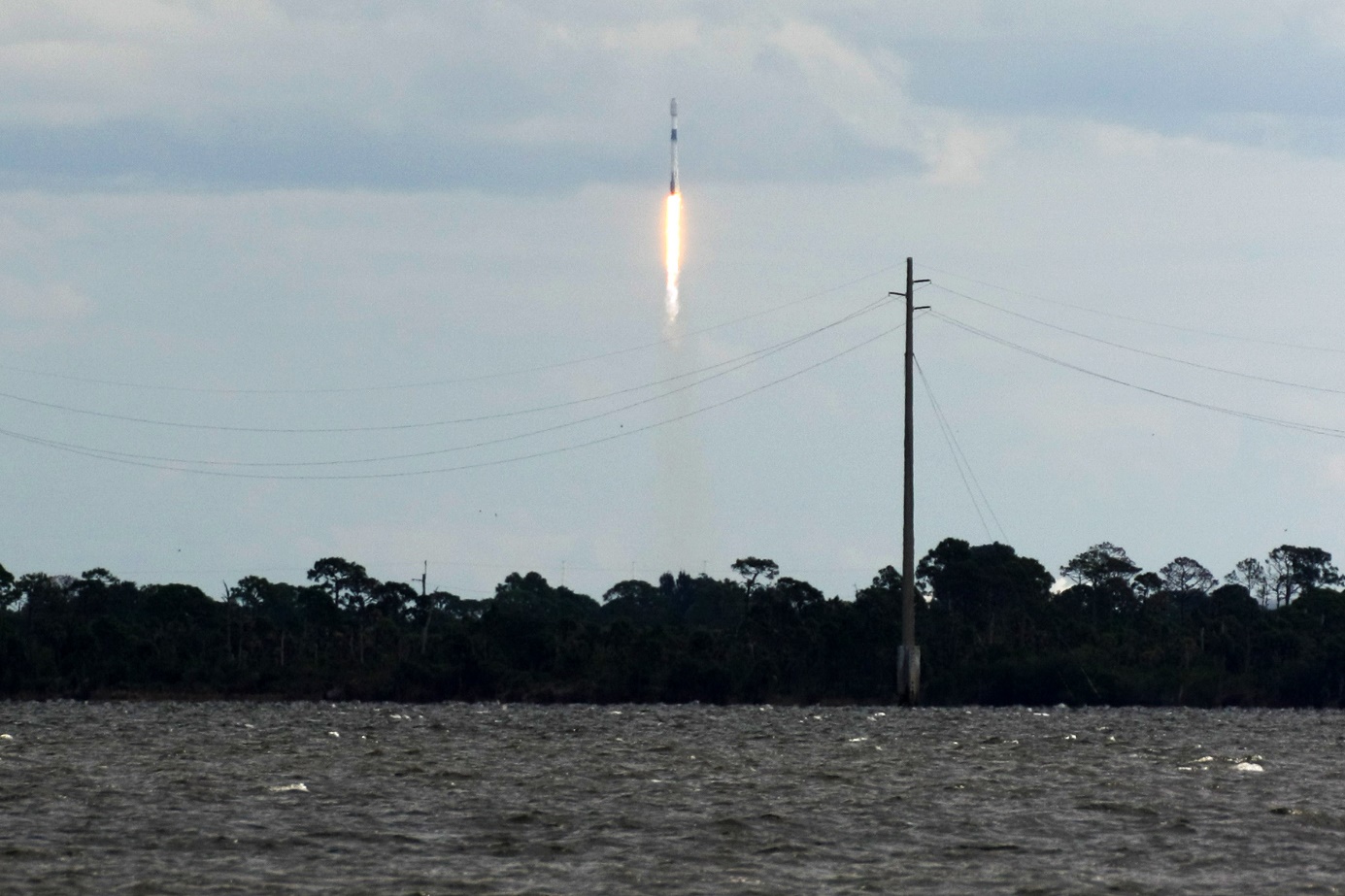
Falcon 9 Starlink 4-36 Launch, Photo Courtesy Carleton Bailie/Spaceline
Falcon 9 Launches 54 Starlink Satellites
October 20, 2022 | Reported by Cliff Lethbridge
A SpaceX Falcon 9 rocket successfully launched 54 Starlink satellites at 10:50 a.m. EDT today from Launch Pad 40 on Cape Canaveral Space Force Station. The first stage booster employed today was being flown for the tenth time, having previously supported the GPS III-SV04, GPS III-SV05, Inspiration4, Axiom-1, Nilesat-301 and four Starlink missions. The booster was successfully recovered today with a landing on the "A Shortfall of Gravitas" drone ship, positioned on the Atlantic Ocean about 400 miles northeast of Cape Canaveral. The mission, designated Starlink 4-36, brings to a total of 3,505 Starlink satellites launched to date, although not all of these are operational or still in orbit. Starlink is a SpaceX-owned and operated constellation of broadband Internet satellites, intended to provide space-based Internet service to users worldwide.
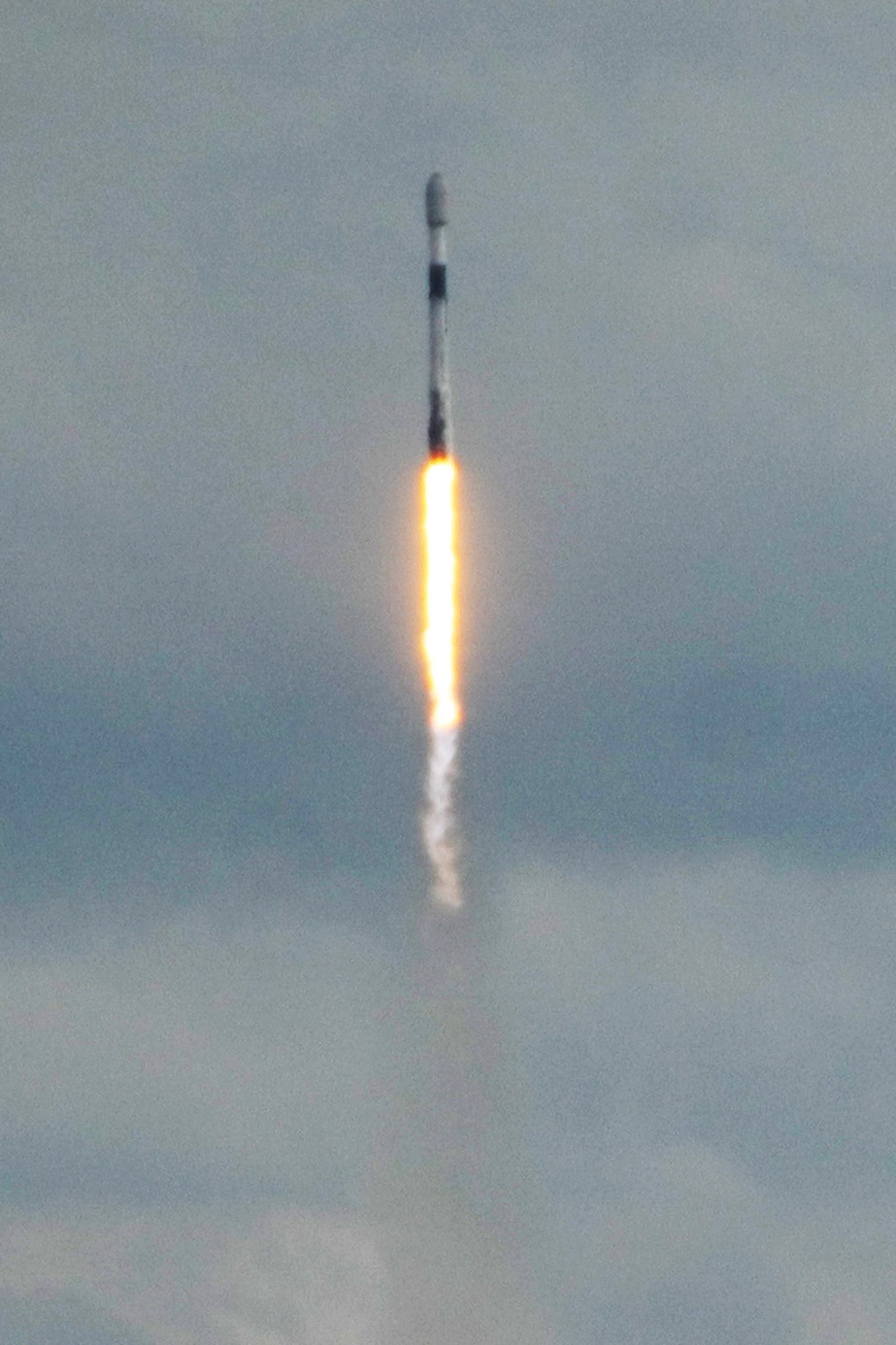
Falcon 9 Starlink 4-36 Launch, Photo Courtesy Carleton Bailie/Spaceline
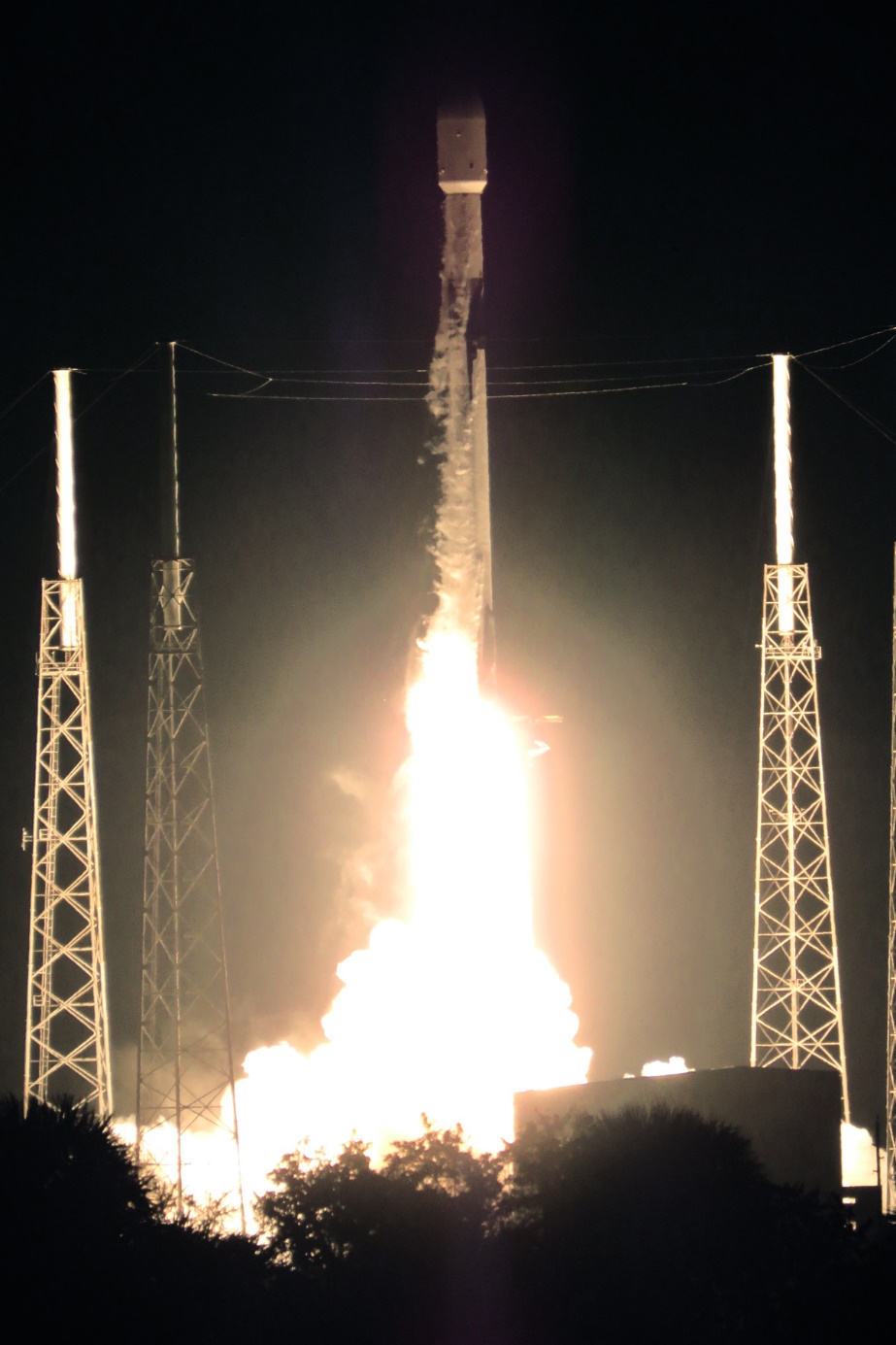
Falcon 9 Hotbird-13F Launch, Photo Courtesy Carleton Bailie/Spaceline
Falcon 9 Launches Hotbird-13F Satellite
October 15, 2022 | Reported by Cliff Lethbridge
A SpaceX Falcon 9 rocket successfully launched the Hotbird-13F satellite at 1:22 a.m. EDT today from Launch Pad 40 on Cape Canaveral Space Force Station. Liftoff came at the conclusion of a 116-minute launch window to allow unspecified "data review". The first stage booster employed today was being flown for the third time, having previously supported the CRS-24 and one Starlink mission. The booster was successfully recovered today with a landing on the "Just Read the Instructions" drone ship, positioned on the Atlantic Ocean about 400 miles east of Cape Canaveral. The 10,000-pound Hotbird-13F satellite, owned and operated by Eutelsat and built by Airbus, will provide television and radio services to Europe, the Middle East and North Africa. It will be deployed in a geosynchronous orbit about 22,000 miles above Earth at 13 degrees east longitude. The satellite has a design life of about 15 years.
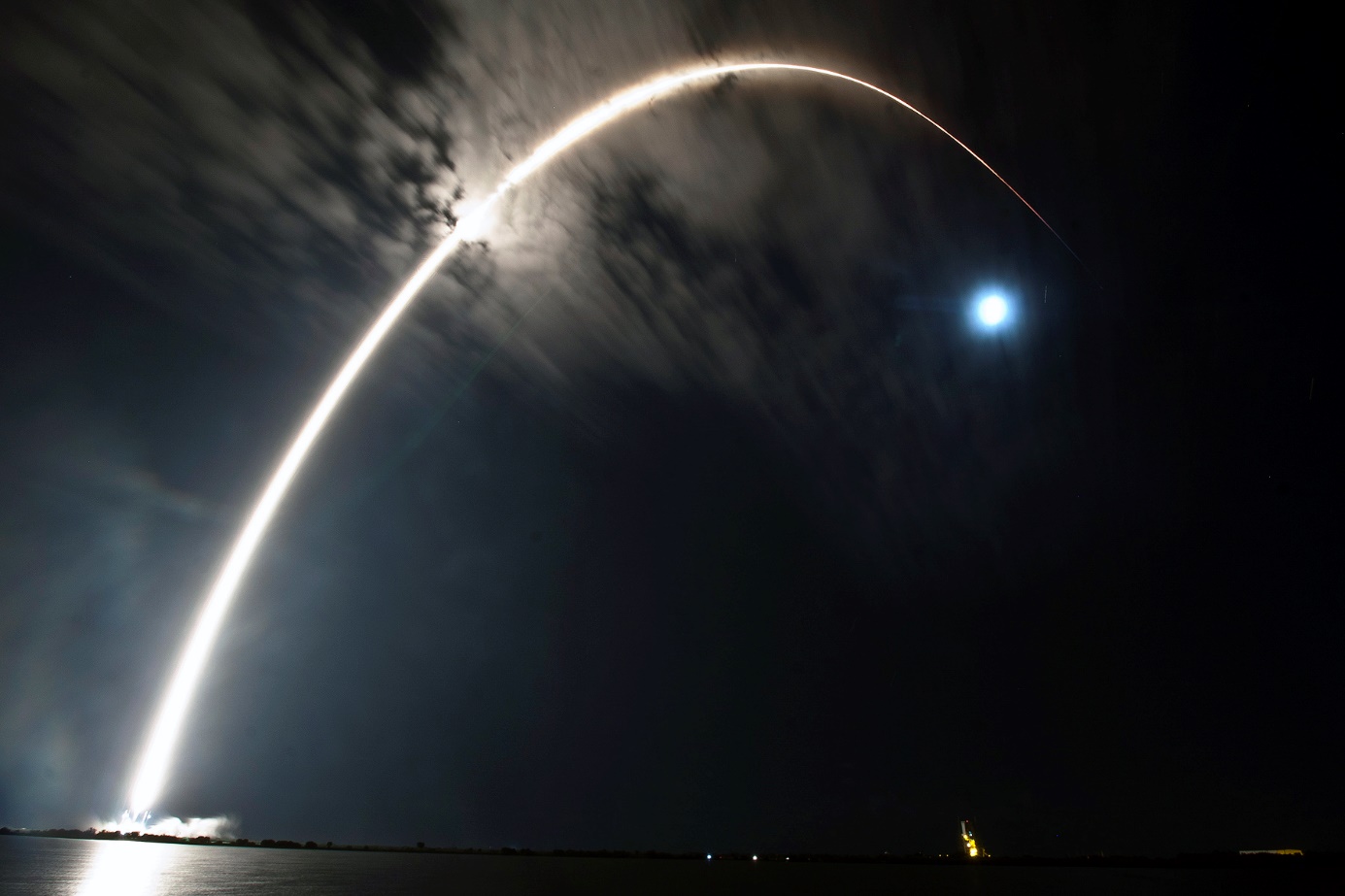
Falcon 9 Hotbird-13F Streak Shot, Photo Courtesy Carleton Bailie/Spaceline
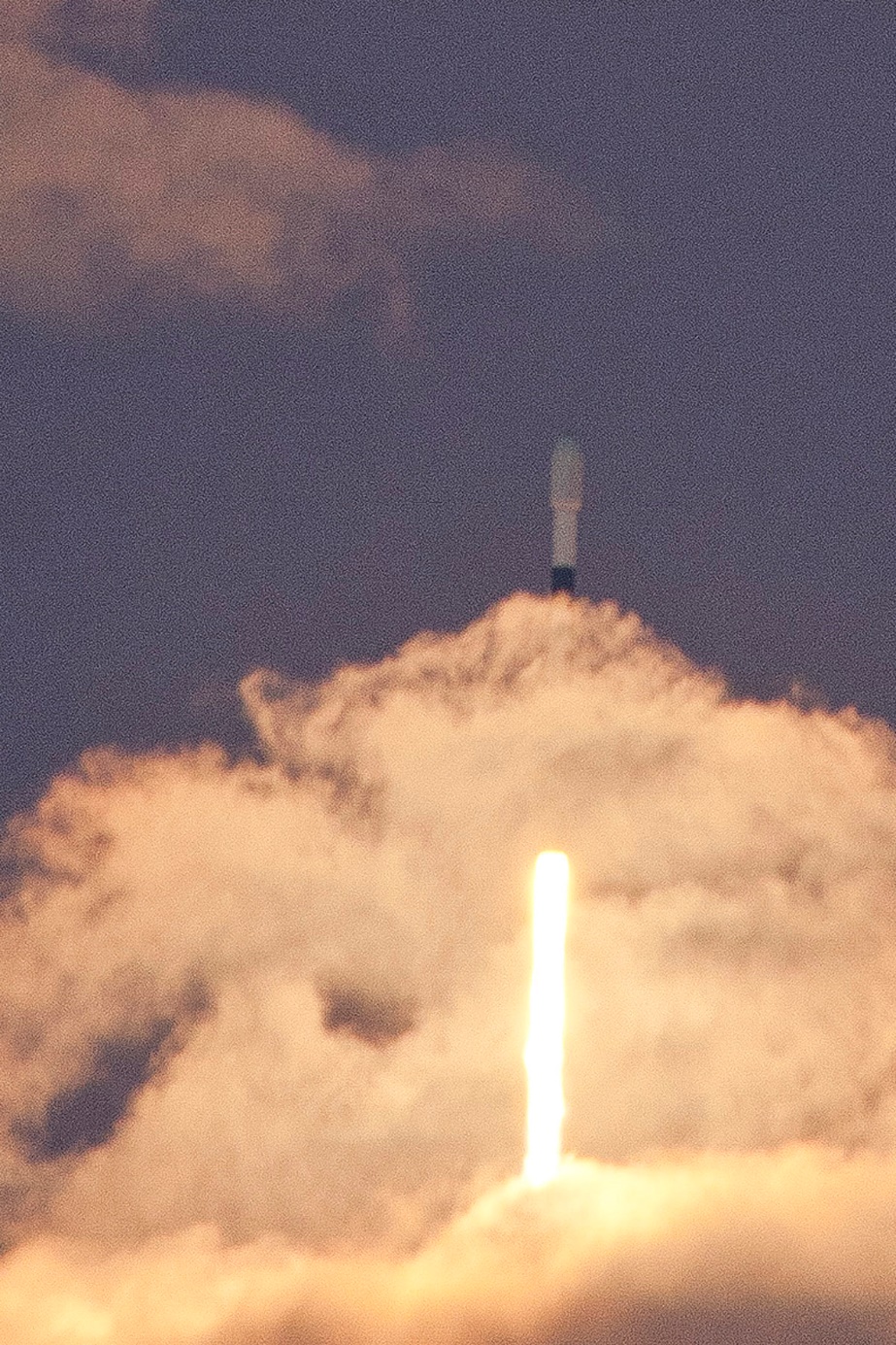
Falcon 9 Galaxy 33/34 Launch, Photo Courtesy Carleton Bailie/Spaceline
Falcon 9 Launches Galaxy 33 And Galaxy 34 Satellites
October 8, 2022 | Reported by Cliff Lethbridge
A SpaceX Falcon 9 rocket successfully launched the Galaxy 33 and Galaxy 34 satellites at 7:05 p.m. EDT today from Launch Pad 40 on Cape Canaveral Space Force Station. The launch was delayed two days due to problems with the helium system on the rocket's first stage. The first stage booster employed today was being flown for a record-tying 14th time, having previously supported the GPS III-SV03, Turksat-5A, Transporter-2 and ten Starlink missions. The booster was successfully recovered today with a landing on the "A Shortfall of Gravitas" drone ship, positioned on the Atlantic Ocean about 400 miles east of Cape Canaveral. Owned and operated by Intelsat, Galaxy 33 and Galaxy 34 will provide television services for North America. They will be deployed to geosynchronous orbit about 22,000 miles above Earth, Galaxy 33 at 133 degrees west longitude and Galaxy 34 at 129 degrees west longitude. Galaxy 33 will replace Galaxy 15, launched in 2005, while Galaxy 34 will replace Galaxy 12, launched in 2003. The satellites have a design life of about 15 years.
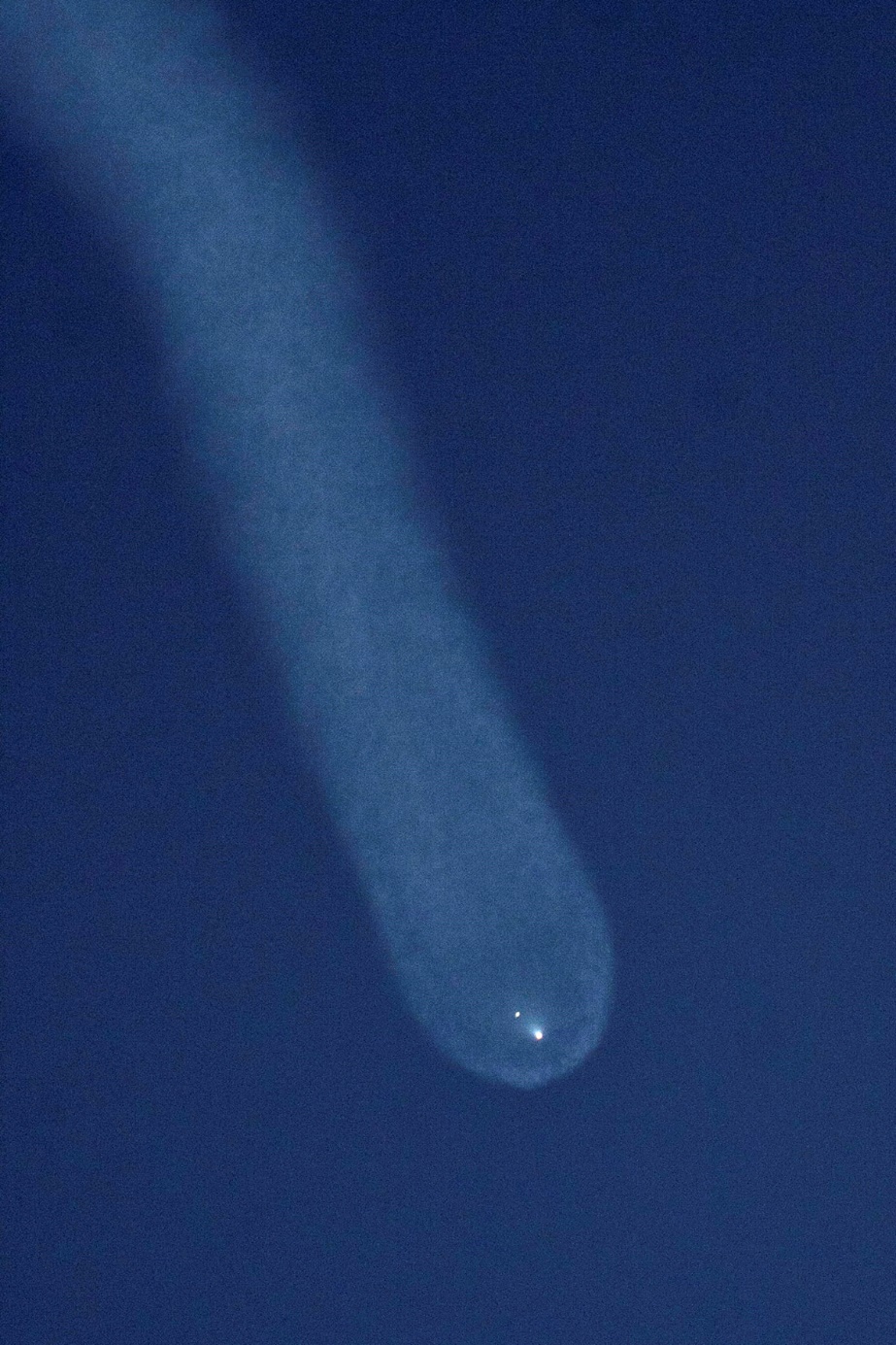
Falcon 9 Galaxy 33/34 Downrange, Photo Courtesy Carleton Bailie/Spaceline
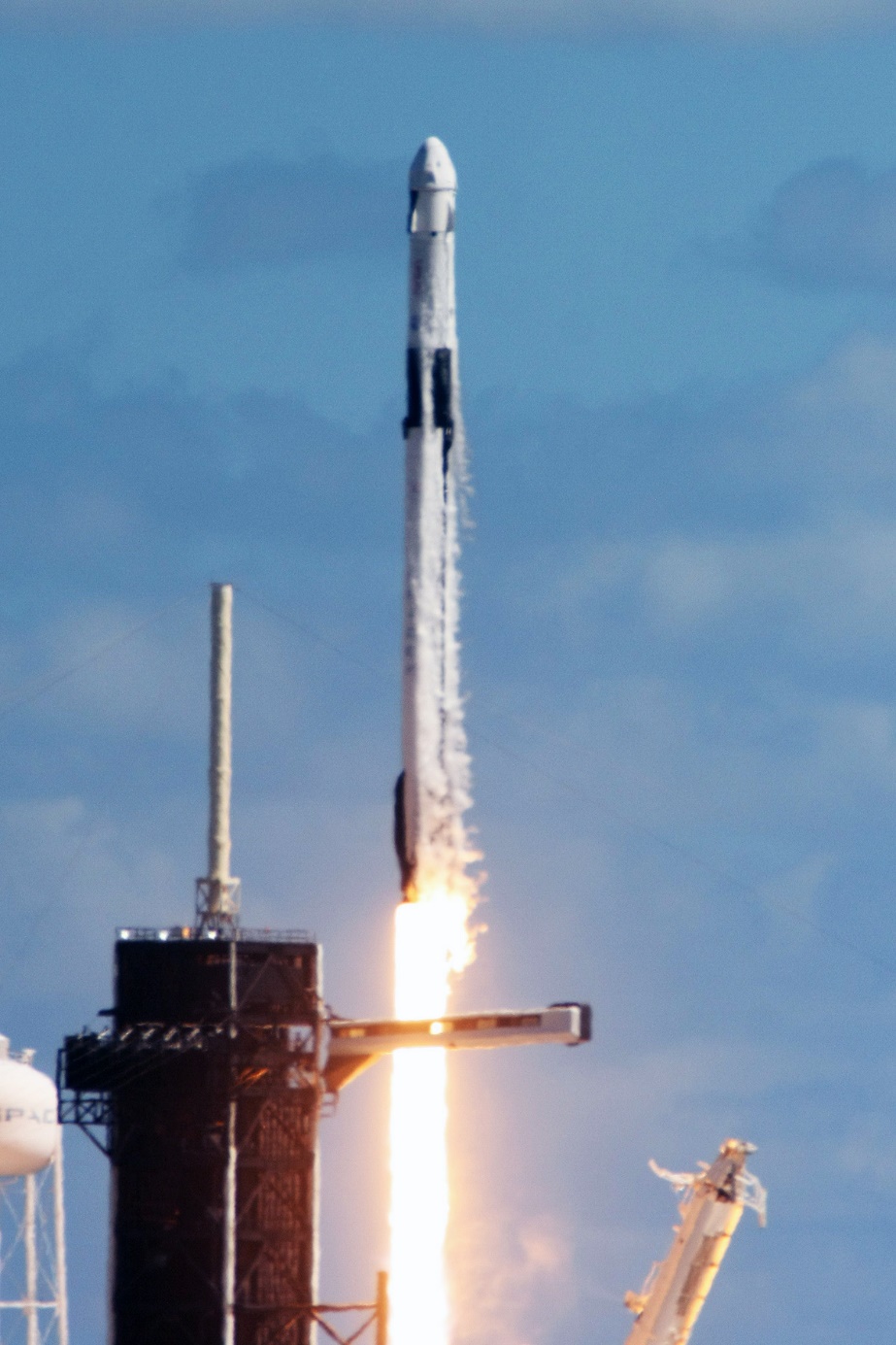
Falcon 9 Crew-5 Launch, Photo Courtesy Carleton Bailie/Spaceline
Falcon 9 Launches Crew-5 To International Space Station
October 5, 2022 | Reported by Cliff Lethbridge
A SpaceX Falcon 9 rocket successfully launched the Crew-5 mission to the International Space Station (ISS) at 12:00 noon EDT today from Launch Pad 39A at the Kennedy Space Center. The first stage booster employed today was being flown for the first time, and was successfully recovered with a landing on the "Just Read the Instructions" drone ship positioned on the Atlantic Ocean about 400 miles northeast of Cape Canaveral. The Crew Dragon Endurance spacecraft launched on the Crew-5 mission was being flown for the second time, having previously supported the Crew-3 mission.
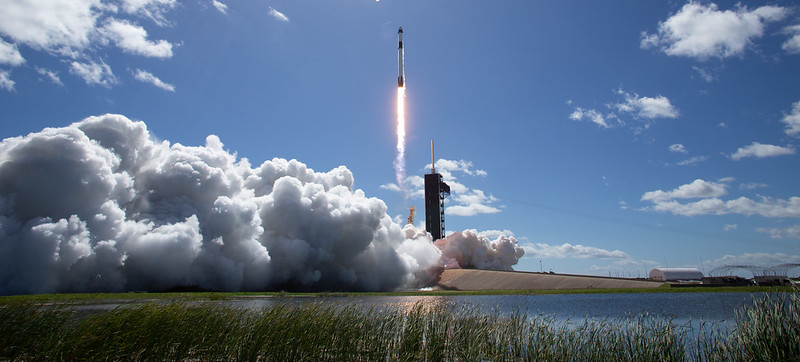
Falcon 9 Crew-5 Launch, Photo Courtesy NASA
Crew-5 features a four-person International crew including NASA astronauts Nicole Mann (Commander) and Josh Cassada (Pilot) plus Japanese Aerospace Exploration Agency astronaut Koichi Wakata (Mission Specialist) and Russian Space Agency cosmonaut Anna Kikina (Mission Specialist). Mann, Cassada and Kikina are making their first space flights, while Wakata is making his fifth trip into space, this marking the third different type of spacecraft on which he has flown. The four will all act as Flight Engineers on ISS Expedition 68, joining seven ISS occupants already aboard the space station. Four of those, comprising Crew-4, will be returning to Earth shortly.
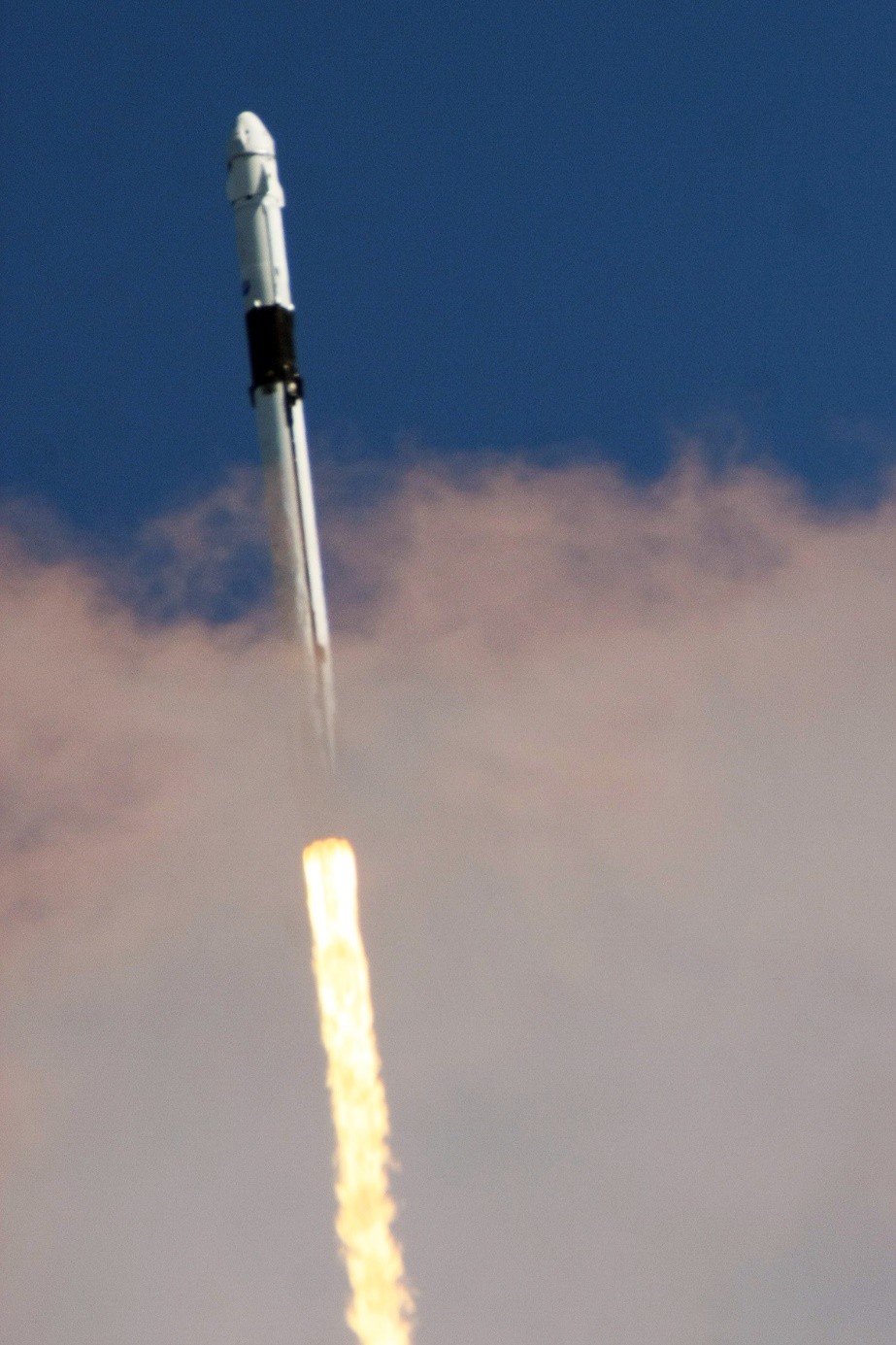
Falcon 9 Crew-5 In Flight, Photo Courtesy Carleton Bailie/Spaceline
During the flight of Endurance, SpaceX will monitor a series of automatic spacecraft maneuvers from their mission control center in Hawthorne, California. NASA teams will monitor space station operations throughout the flight from the Mission Control Center at the Johnson Space Center in Houston, Texas. Endurance is set to autonomously dock to the space-facing port of the space station's Harmony module at around 4:57 p.m. EDT on October 6, 2022. Crew-5 will spend about six months aboard ISS, conducting new scientific research in areas such as cardiovascular health, bioprinting and fluid behavior in microgravity to prepare for human space exploration beyond low-Earth orbit, and to benefit life on Earth.
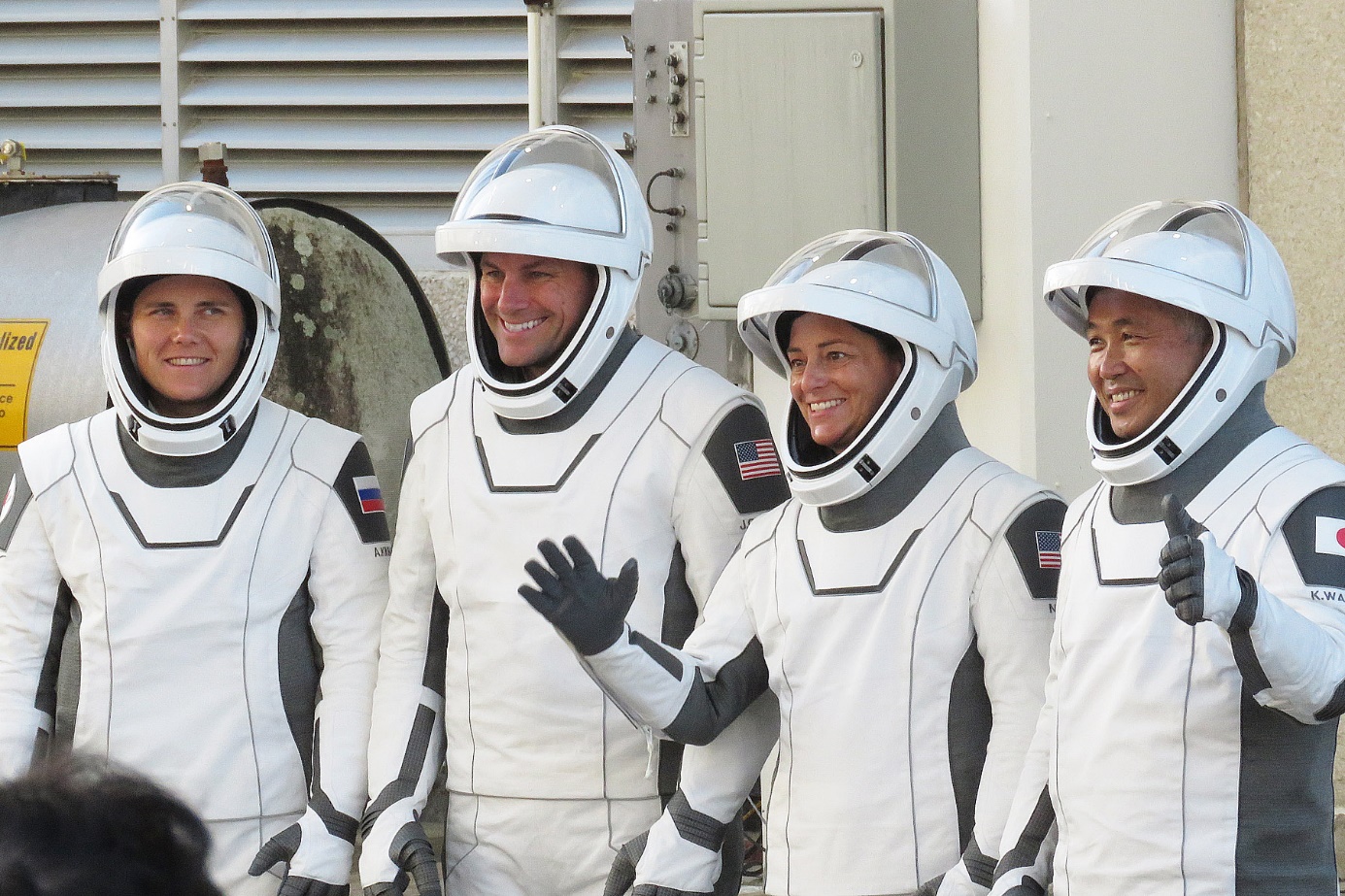
Crew-5 Astronauts, Photo Courtesy Carleton Bailie/Spaceline
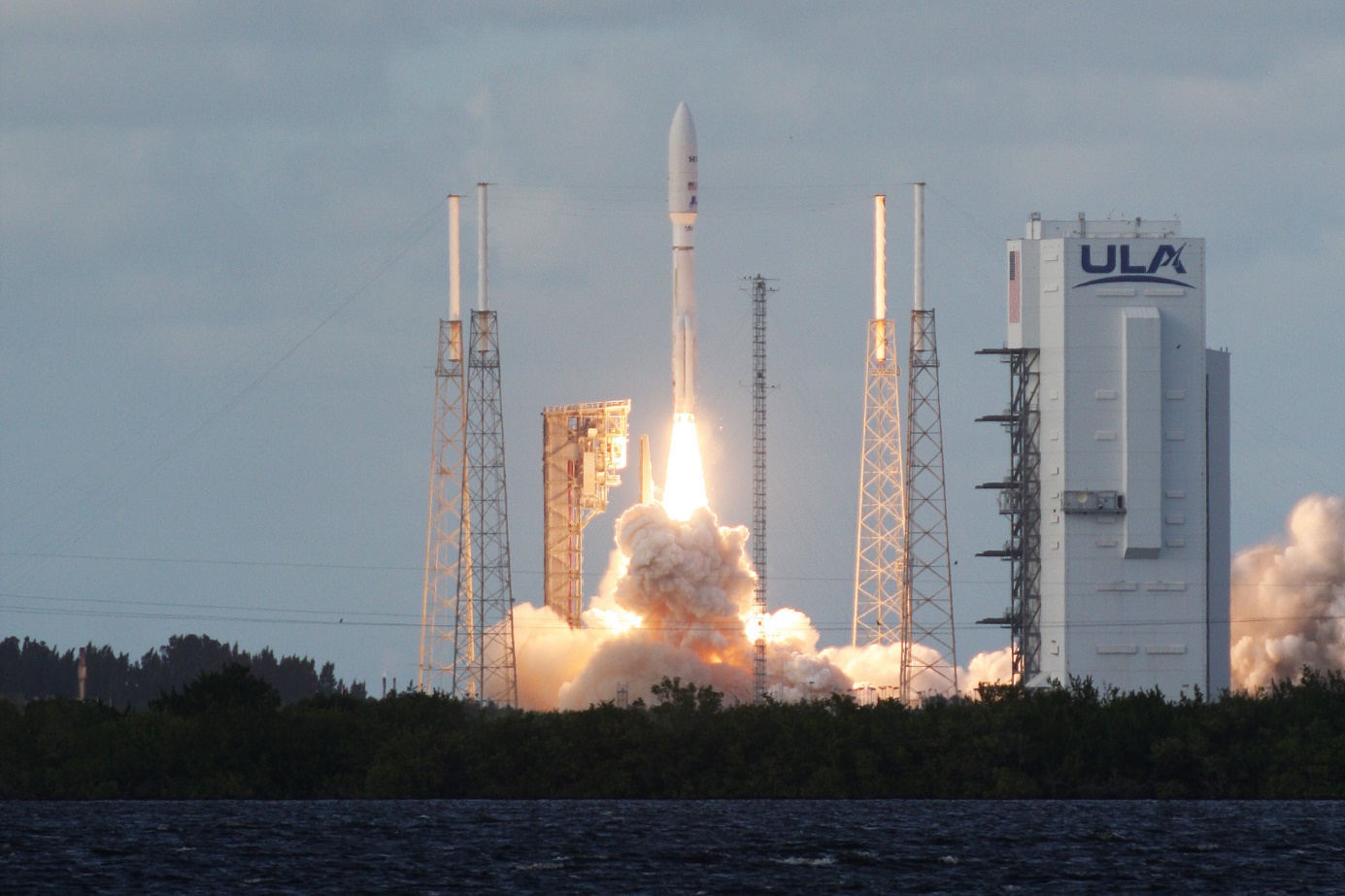
Atlas V SES-20/SES-21 Launch, Photo Courtesy Carleton Bailie/Spaceline
Atlas V Launches SES-20 And SES-21 Satellites
October 4, 2022 | Reported by Cliff Lethbridge
A United Launch Alliance Atlas V rocket successfully launched the SES-20 and SES-21 satellites at 5:36 p.m. EDT today from Launch Pad 41 on Cape Canaveral Space Force Station. The rocket launched today was being flown in the 531 configuration, featuring a five-meter payload fairing, three solid rocket boosters and a single-engine Centaur second stage. Owned and operated by SES of Luxembourg and built by Boeing, SES-20 and SES-21 were stacked one atop the other within the rocket's payload fairing and will be deployed to geosynchronous orbit about 22,000 miles above Earth, SES-20 located at 103 degrees west longitude and SES-21 at 131 degrees west longitude. The satellites are nearly identical and will provide television and radio services to users in the United States. They have a design life of about 15 years.
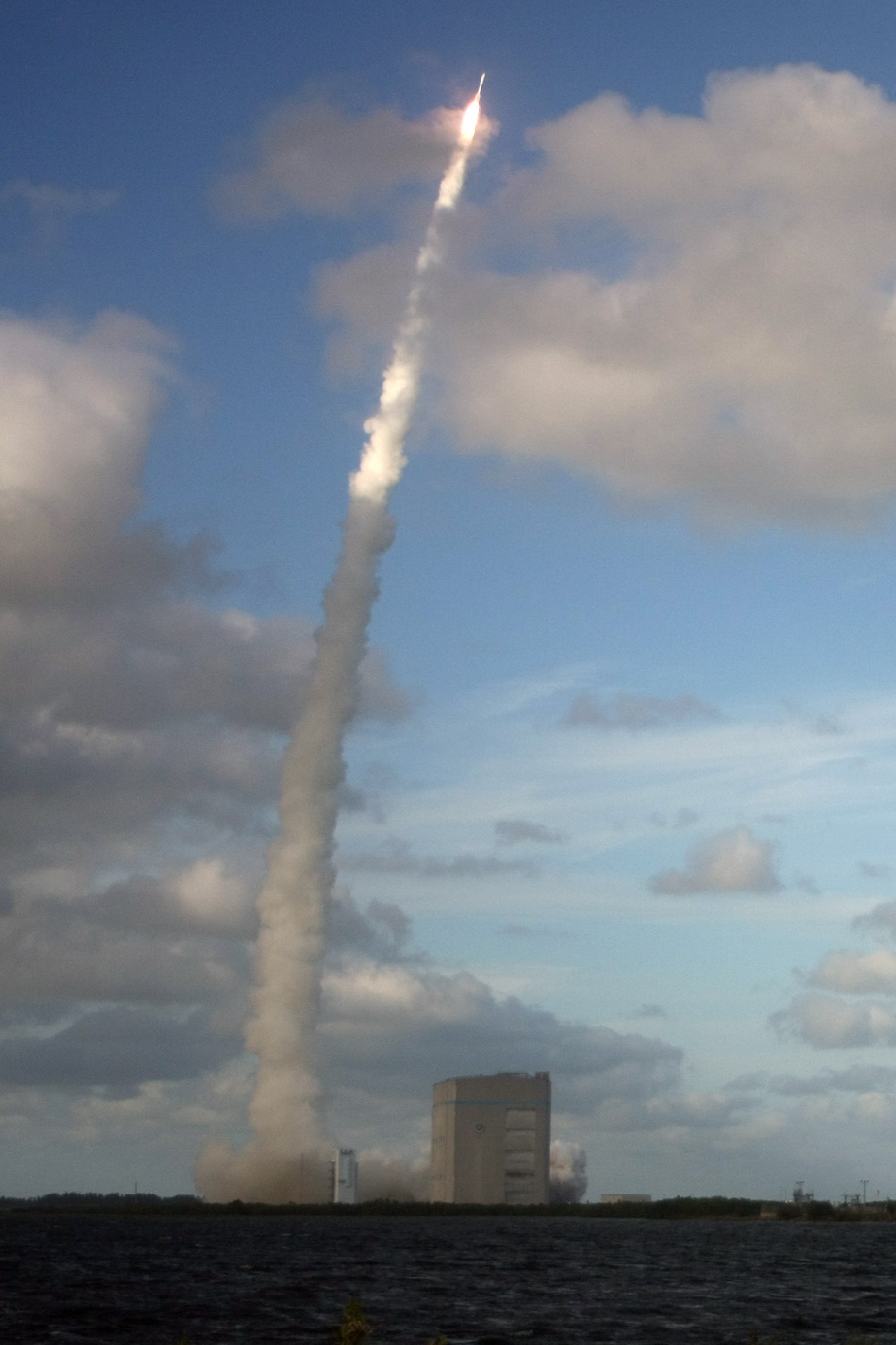
Atlas V SES-20/SES-21 Launch, Photo Courtesy Carleton Bailie/Spaceline


